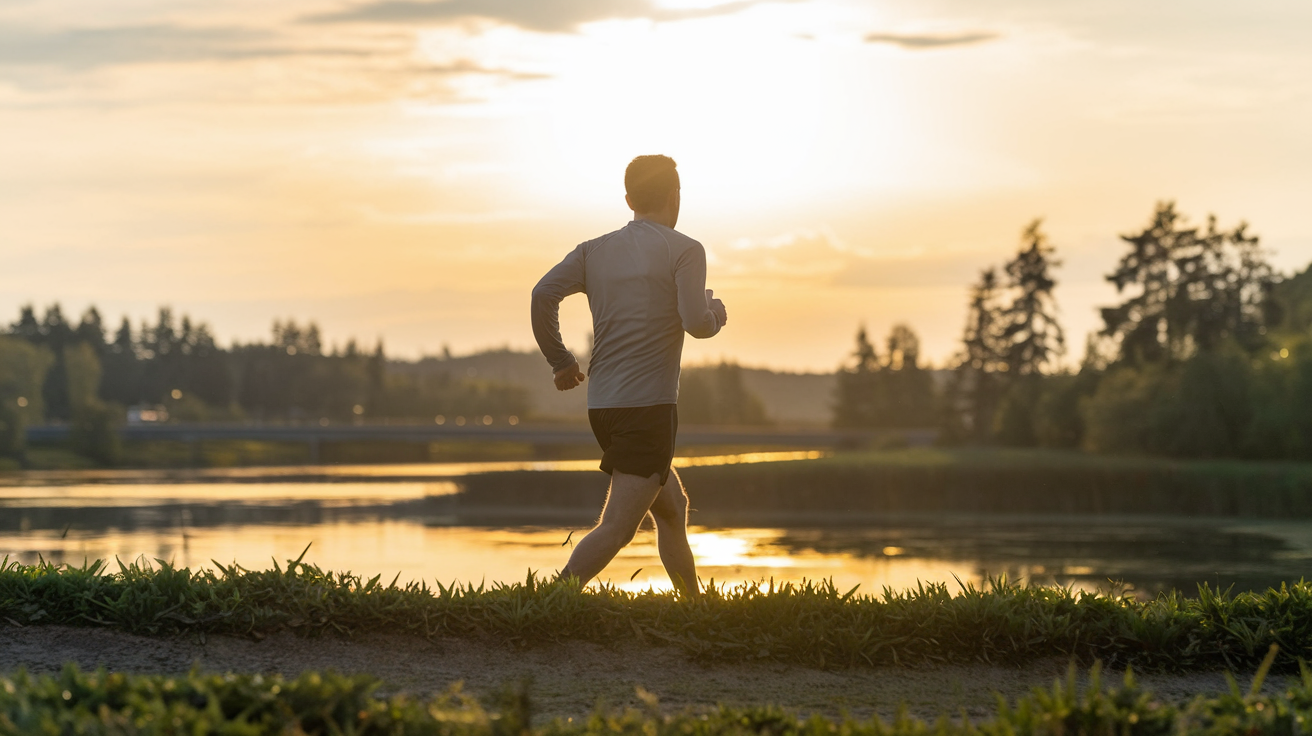
Running Without Shoes or Barefoot

9 min read
Running without shoes, commonly known as barefoot running, has gained popularity among runners who seek a more natural running experience. Proponents of barefoot running argue that it can lead to improved form, reduced injuries, and a stronger connection with the ground. This minimalist approach also comes with its own set of risks and challenges.
In this article, we’ll explore the benefits and risks of barefoot running, along with practical tips for those interested in trying this unique form of exercise.
The Concept of Barefoot Running
Barefoot running involves running without any footwear, allowing the feet to make direct contact with the ground. This practice is based on the idea that modern running shoes, with their cushioned soles and arch support, may alter the natural biomechanics of the foot and lead to injuries. Barefoot running encourages a more natural gait, potentially improving running efficiency and reducing the likelihood of certain injuries.
Why Running Without Shoes or Barefoot Is Good For You
There are many reasons why running without shoes is good for you. For one, it strengthens your feet and legs. Running barefoot forces your feet and legs to work harder than they would with shoes on, resulting in stronger muscles.
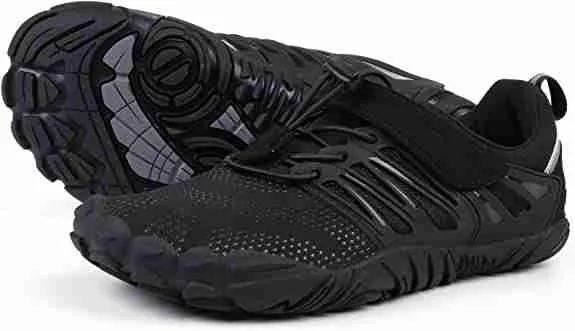
Running without shoes allows your feet to move more naturally, which can help prevent injuries. Another reason why running without shoes is good for you is that it can improve your balance and coordination. When you run with shoes, the shoes often dictate how your foot strikes the ground. This can lead to imbalances in your muscles and joints, and can even contribute to injuries. Running barefoot, on the other hand, lets your foot strike the ground however it wants to, which can help improve your balance and coordination.
Key Characteristics of Barefoot Running
Natural Foot Strike: Barefoot running typically encourages a forefoot or midfoot strike, as opposed to the heel strike often promoted by cushioned running shoes. This shift in foot strike can reduce the impact forces on the joints.
Improved Sensory Feedback: Running without shoes enhances sensory feedback from the ground, allowing runners to adjust their stride and form more naturally in response to different terrains.
Strengthened Foot Muscles: The lack of support from shoes forces the intrinsic muscles of the feet and lower legs to work harder, potentially leading to stronger, more resilient feet.
Benefits of Running Without Shoes
Barefoot running offers several potential benefits, particularly for those looking to improve their running form and strengthen their feet.
Improved Running Form
Barefoot running can encourage a more natural running gait:
- Reduced Heel Striking: Without the cushioning of shoes, runners are less likely to land heavily on their heels. This can lead to a more efficient and less jarring stride.
- Enhanced Posture: Barefoot running often promotes better posture, as runners tend to adopt a more upright position to maintain balance and stability.
Strengthens Foot and Leg Muscles
Running without shoes can lead to stronger muscles in the feet and lower legs:

- Increased Muscle Engagement: The absence of arch support and cushioning forces the muscles of the feet and calves to work harder, potentially leading to greater strength and endurance.
- Improved Balance and Stability: Strengthened foot muscles can contribute to better balance and stability, both during running and in everyday activities.
Greater Sensory Feedback and Ground Feel
Barefoot running allows for more direct sensory feedback from the ground:
- Heightened Proprioception: Running without shoes increases awareness of foot placement and terrain, helping runners adjust their stride to avoid obstacles and minimize injury risk.
- Enhanced Connection to the Ground: The direct contact with the ground can create a more grounded, mindful running experience, often described as feeling more connected to the environment.
Risks and Challenges of Barefoot Running
While barefoot running offers several benefits, it also comes with risks that should be carefully considered.
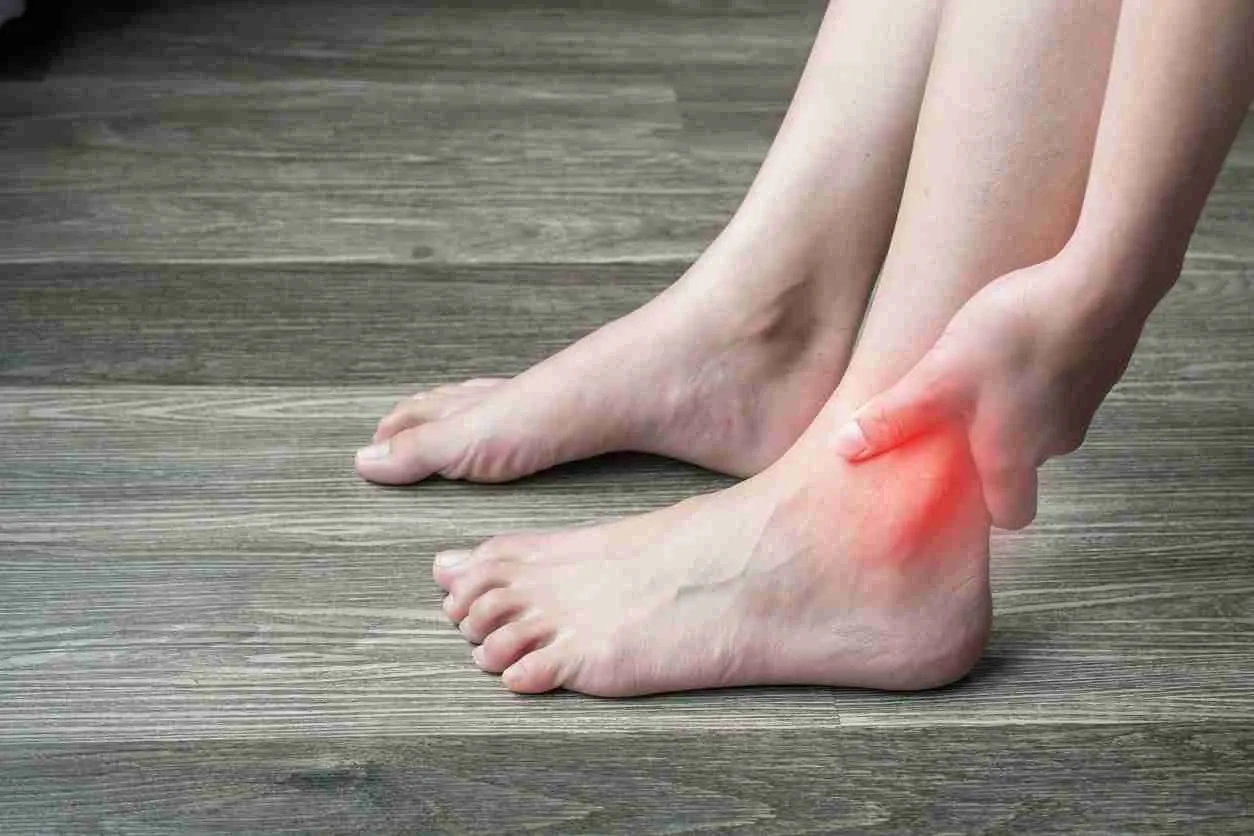
Increased Risk of Injuries
Transitioning to barefoot running can increase the risk of certain injuries:
- Stress Fractures: The sudden change in foot strike and lack of cushioning can lead to stress fractures in the feet and lower legs, particularly if the transition is too rapid.
- Plantar Fasciitis: The increased strain on the arch of the foot can lead to inflammation of the plantar fascia, a common cause of heel pain.
- Cuts and Abrasions: Running without shoes leaves the feet vulnerable to cuts, scrapes, and punctures from sharp objects, rough surfaces, or debris on the ground.
Requires a Gradual Transition
The transition to barefoot running should be approached with caution:
- Slow Adjustment: The muscles, tendons, and ligaments of the feet need time to adapt to the increased demands of barefoot running. A gradual transition is essential to avoid overuse injuries.
- Adaptation Period: The process of adapting to barefoot running can take weeks or even months, depending on the individual’s previous running experience and foot strength.
Limited Protection from the Environment
Barefoot running offers no protection from environmental hazards:
- Temperature Extremes: Running barefoot in extreme temperatures, whether hot or cold, can lead to burns, frostbite, or other injuries.
- Rough Terrain: Running on rocky, uneven, or debris-laden surfaces can be particularly challenging and may increase the risk of injury.
Barefoot training for beginners
You can’t do barefoot running on a fixed schedule, it doesn’t work that way. The limiting factors are mainly about neuromotor learning, not muscle growth or aerobic adaptation, so improvement doesn’t come in a predictable linear fashion but in irregular bumps.
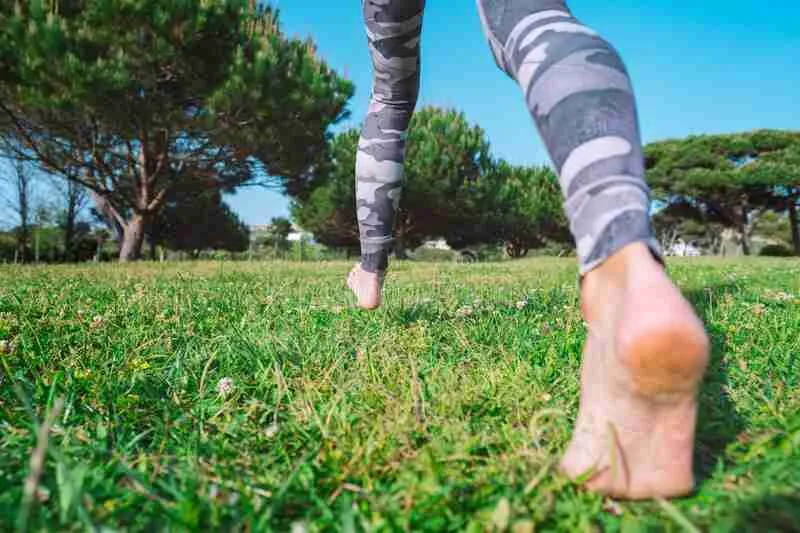
Before you start running barefoot, you need to master standing and walking barefoot. So take off those shoes and re-learn standing and walking. Be barefoot as much as possible.
Expose your feet to all sorts of ground surfaces, temperatures, and weather conditions. Be gentle; if it hurts, then that means you’re either trying too hard, or you’re doing something wrong. Stop it immediately and find a way that doesn’t hurt.
Meanwhile, you may want to accelerate things a little by doing strength and agility training for your feet. Some great exercises include standing on one leg, heel raises, picking things up from the ground with your toes, toe flexes, and gently rolling your feet over a hard rubber ball (lacrosse balls work great) or a bottle. snore 00:48 Keep it up! I have always been impressed with your work!
Your first barefoot run should be just a few hundred meters max, and I advise you to stay on smooth, hard surfaces with a bit of texture to them: like fine gravel, concrete, asphalt, hard-packed dirt, and so on. Soft surfaces are harder on the muscles and provide less useful feedback; master hard ground first. And again, be gentle and patient - pain means you’re doing something wrong that you need to fix.
Expect the entire process to take anywhere between 3 and 12 months. The total is impossible to eyeball; although, you will become better at judging it as time goes by.
My advice is to thoroughly master barefoot first before introducing any kind of footwear. Even the most minimalist shoes out there are closer to traditional running shoes than to skin-on-tarmac, in terms of sensory feedback; once you have internalized a good healthy barefoot gait, doing some of your runnings in minimalist shoes is fine, but if you haven’t, you will most likely run in them as you’d run in any other shoe, and that’s a recipe for long-term injury risk.
Running without Shoes or Barefoot on a treadmill barefoot
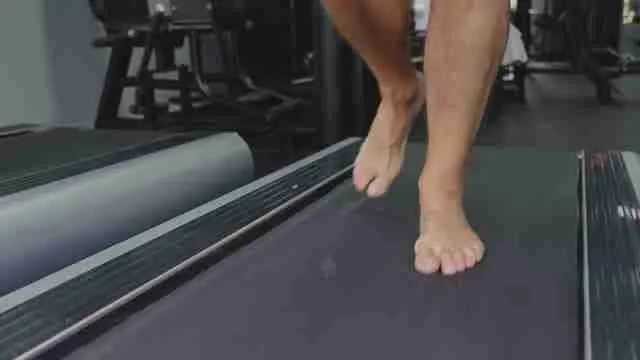
Running barefoot on a treadmill can be a bit of a shock at first. The surface is much harder than the pavement or dirt outside, and it can take some time to get used to. But once you do, it’s actually quite enjoyable. The key is to start slow and increase your speed gradually.
It helps to strengthen the muscles and ligaments, and can even help to prevent injuries. Plus, it just feels good! If you’ve never tried it before, definitely give it a go the next time you’re at the gym.
There is no need to worry about shoes slipping off or getting tangled in the tread; instead, I can focus on the rhythm of my feet hitting the belt and the sensation of the wind on my bare skin. It takes a little getting used to, but once you find your stride, running barefoot on a treadmill can be a great workout.
Tips for Safe and Effective Barefoot Running
If you’re interested in trying barefoot running, following these tips can help you make the transition safely and effectively.
Start Slowly and Gradually
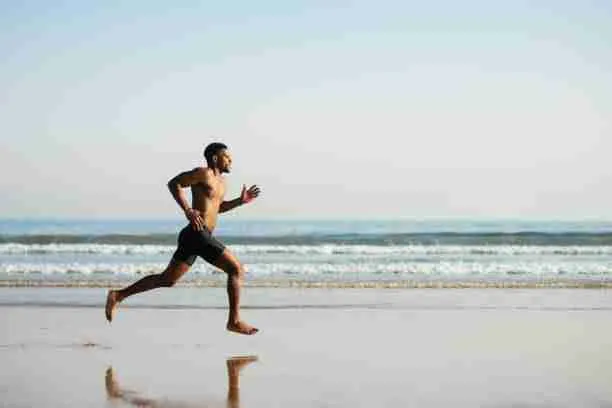
- Begin with Short Distances: Start with short runs on soft surfaces, such as grass or sand, to allow your feet to adapt gradually.
- Increase Gradually: Gradually increase the distance and duration of your barefoot runs as your feet become stronger and more accustomed to the new demands.
Focus on Proper Form
- Maintain a Forefoot or Midfoot Strike: Aim to land on the balls of your feet or midfoot, rather than your heels, to reduce impact forces.
- Shorten Your Stride: Keep your stride short and quick to maintain control and reduce stress on your feet and legs.
- Stay Relaxed: Keep your body relaxed, with a slight forward lean, and focus on maintaining a smooth, natural gait.
Pay Attention to Your Body
- Listen to Your Feet: Pay close attention to any discomfort or pain in your feet, and adjust your running routine as needed to prevent injury.
- Rest and Recover: Allow ample time for recovery between barefoot runs, especially in the early stages of your transition.
Consider Minimalist Footwear
- Use Minimalist Shoes as a Transition Tool: If fully barefoot running feels too challenging, consider using minimalist shoes that offer minimal cushioning and support. These can provide some protection while still allowing your feet to adapt to a more natural running style.
- Gradually Reduce Shoe Support: Over time, gradually reduce the level of support and cushioning in your shoes as your feet become stronger and more accustomed to barefoot running.
Conclusion
Running without shoes, or barefoot running, offers a unique and natural approach to running that can lead to improved form, stronger feet, and a deeper connection with the ground. However, it also presents challenges and risks that require careful consideration and a gradual transition.
If you’re interested in exploring barefoot running, start slowly, focus on proper form, and listen to your body to ensure a safe and rewarding experience. Whether you choose to run barefoot full-time or incorporate it into your training occasionally, this minimalist approach can be a valuable tool for enhancing your running journey.

